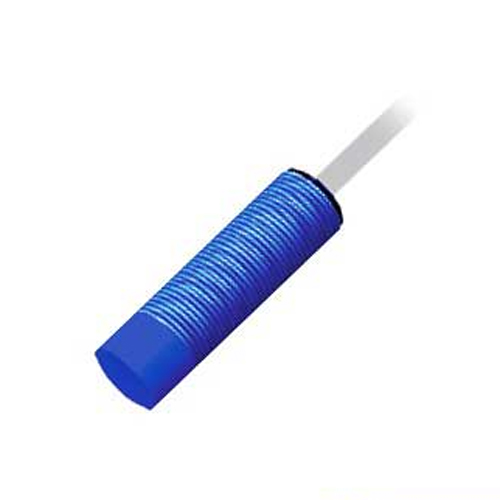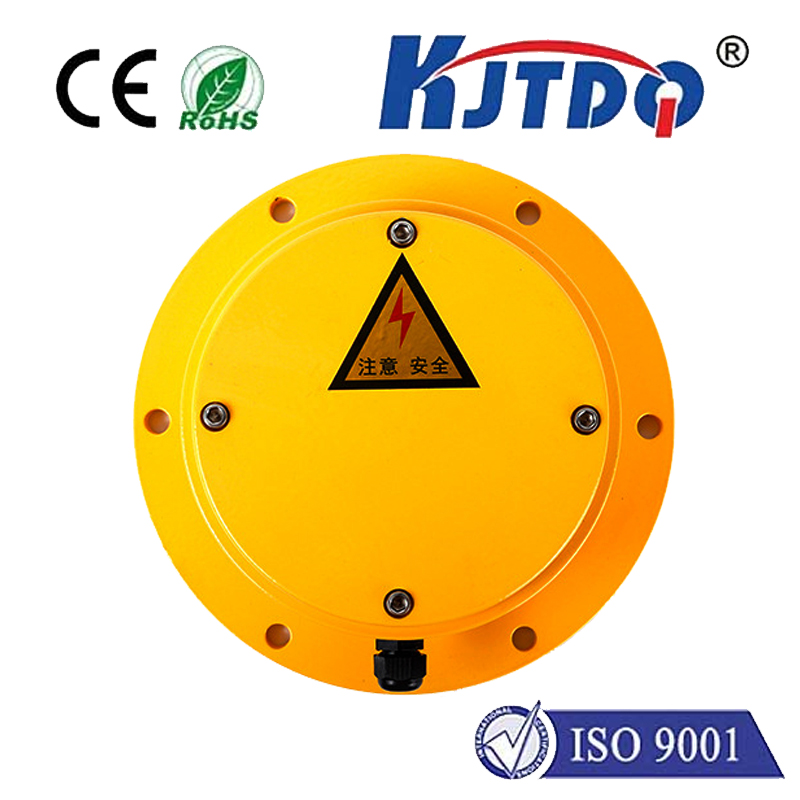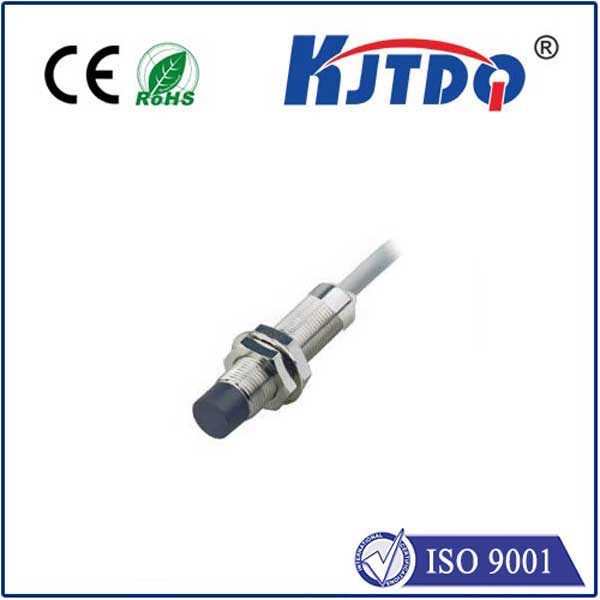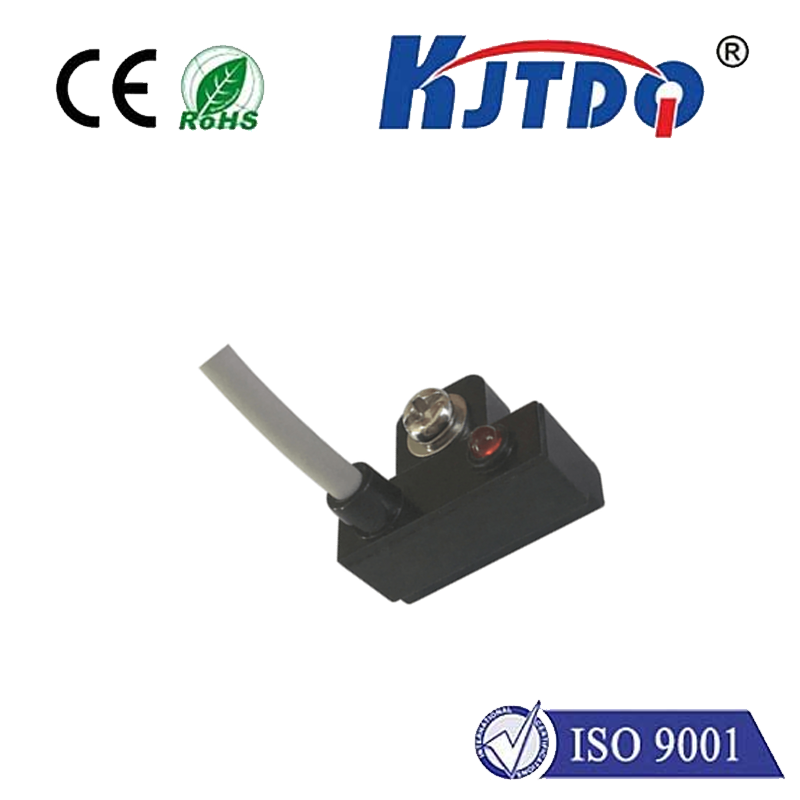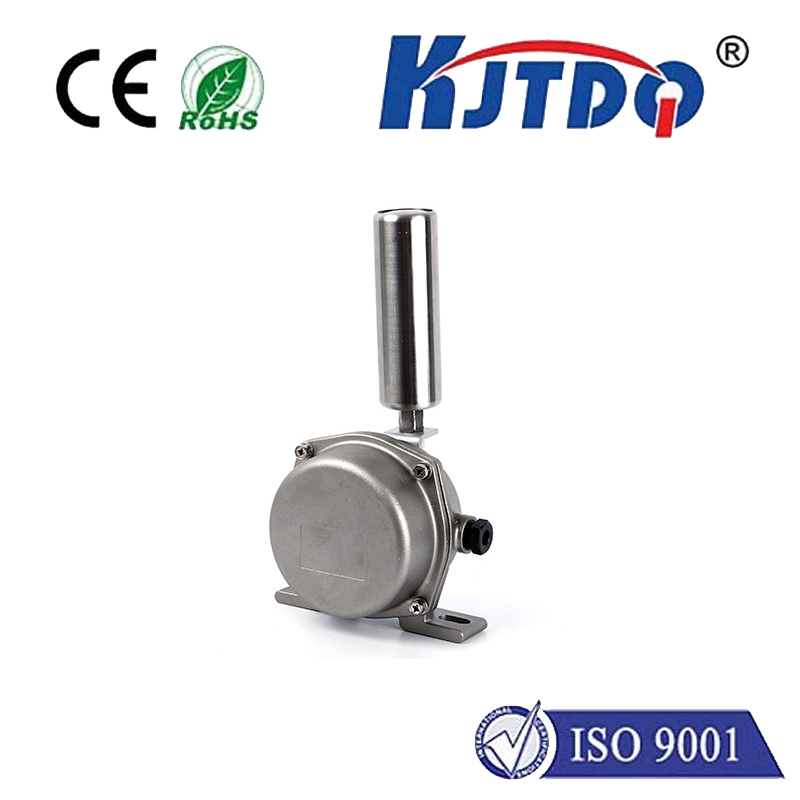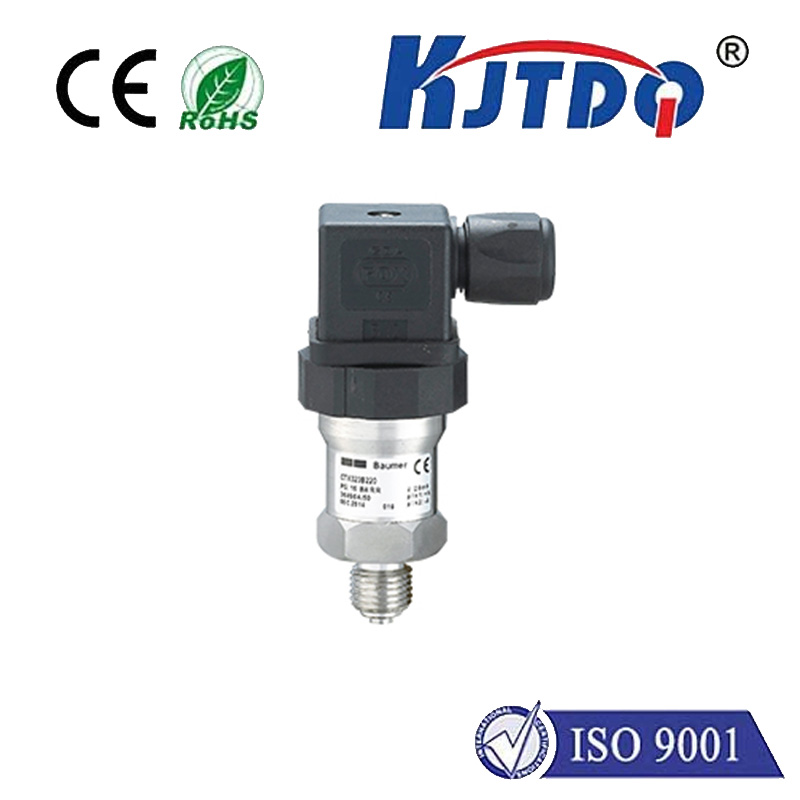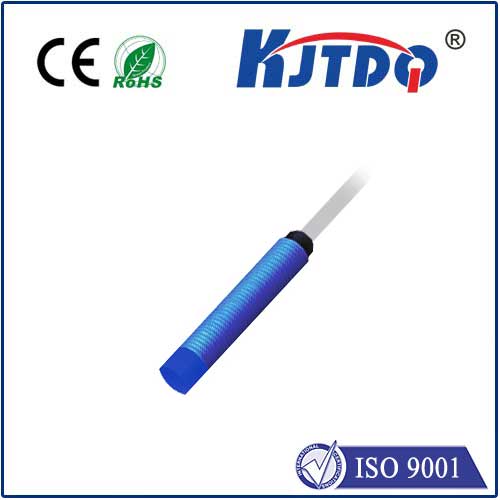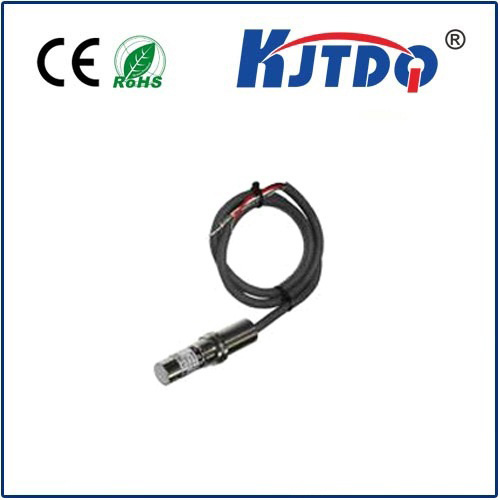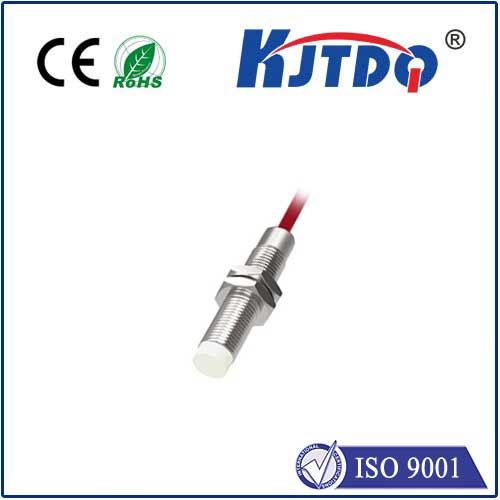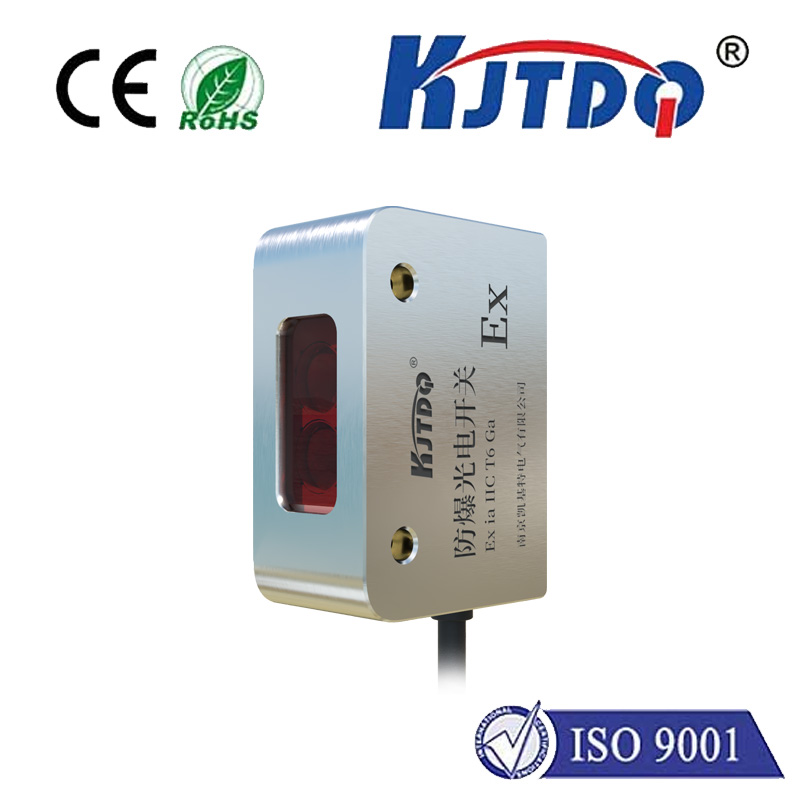BES03ZA proximity sensor
- time:2025-10-14 05:57:33
- Click:0
BES03ZA Proximity Sensor: Your Reliable Guardian for Machine Automation Precision
Imagine a world where machines operate with uncanny awareness, their movements perfectly choreographed without physical touch. This unseen symphony of automation relies heavily on silent sentinels: proximity sensors. Among these critical components, the BES03ZA inductive proximity sensor stands out as a robust and dependable solution for countless industrial applications demanding unwavering reliability and precise metal detection. Understanding its capabilities is key to optimizing efficiency and safety in modern machinery.
What Exactly is an Inductive Proximity Sensor, and What Does the BES03ZA Do?
At its core, an inductive proximity sensor is a non-contact electronic device designed to detect the presence or absence of metallic objects without needing physical interaction. It functions by generating an electromagnetic field. When a metal target enters this field, it induces eddy currents within the target. The sensor detects this change in the field’s oscillation or energy dissipation, triggering an electronic switch within the sensor – turning its output signal ON or OFF. This simple yet powerful principle provides a highly reliable means of object detection.
The BES03ZA represents a specific model within this category. Identified by its distinct part number, it embodies a design optimized for the rigors of industrial environments. These sensors are typically characterized by features like flush mounting capability, robust sensing distances relative to their compact size, and resilience against common challenges like dust, moisture, and electrical interference.

Why Choose the BES03ZA? Key Features Driving Industrial Adoption
Several inherent features make the BES03ZA inductive proximity sensor a preferred choice across diverse sectors like automotive manufacturing, packaging lines, material handling, and machine tooling:
- Exceptional Reliability: Engineered for continuous duty cycles in challenging conditions, the BES03ZA offers dependable performance where failure is not an option. Its non-contact nature inherently avoids mechanical wear.
- High Switching Frequency: Capable of detecting targets at high speeds, it’s ideal for fast-moving production lines or rapidly vibrating machinery components, ensuring no detection event is missed.
- Robust Environmental Resistance: Typically housed in durable stainless steel or nickel-plated brass, the BES03ZA boasts significant resistance to dust, dirt, oils, coolants, and other contaminants common in workshops and factories (commonly rated IP67 or higher). This translates to less downtime for cleaning or replacement.
- Temperature Stability: Designed to maintain consistent performance across a wide operating temperature range, often from -25°C to +70°C or beyond, ensuring reliability regardless of seasonal shifts or heat generated by machinery.
- Flush Mounting Capability: This design allows the sensor to be mounted flush within a metal bracket without the bracket itself interfering with the sensing capability. This simplifies installation, protects the sensing face from damage, and offers a sleek profile.
- Stable Sensing Distance: Inductive sensors like the BES03ZA provide a consistent and repeatable sensing distance, unaffected by surface color or reflectivity – a significant advantage over optical sensors in certain dirty or complex lighting situations. It reliably detects ferrous and non-ferrous metals within its specified range.
- Simplified Integration: With standard connection options (like M12 connectors) and common output configurations (NPN or PNP transistor, NO/NC), the BES03ZA integrates seamlessly into most industrial control systems (PLCs, controllers).
Comparing Key Inductive Sensor Attributes (Generic Representation):
| Feature |
Typical BES03ZA Capability |
Why It Matters |
| Sensing Range |
0.8mm - 3mm (approx.) |
Determines required mounting distance from target |
| Mounting |
Flush Mountable |
Can be installed embedded in metal; avoids interference |
| Housing |
Stainless Steel or Brass |
Provides durability & resistance to corrosion, impact, chemicals |
| Protection |
IP67 or Higher |
Resists dust ingress & temporary water submersion |
| Temp Range |
-25°C to +70°C+ |
Reliable operation in varied industrial environments |
| Output Type |
NPN/PNP, NO/NC (3-wire) |
Compatibility with standard PLC inputs |
| Response Freq |
High (e.g., 1.5kHz) |
Suitable for high-speed detection applications |
Critical Considerations: Ensuring Optimal BES03ZA Performance
While highly reliable, maximizing the BES03ZA proximity sensor’s effectiveness involves careful application:
- Target Material: Primarily detects ferrous metals (iron, steel). Detection distance for non-ferrous metals (aluminum, brass, copper) is typically reduced. Always verify the sensor’s specified range for the intended target material. Factor reduction is a key term here.
- Sensing Distance (Sn): This is the nominal operating distance specified under standardized conditions. Actual operating distance can vary slightly due to factors like target size, shape, temperature, supply voltage, and mounting conditions. Never operate the sensor at its absolute maximum range; use 80-90% of Sn ensures reliable switching.
- Mounting: Ensure the sensor is securely mounted. Proximity to other metal objects or sensors can influence the magnetic field and cause interference – maintain recommended spacing. Proper flush mounting technique is crucial for advertised detection ranges.
- Electrical Compatibility: Match the sensor’s output type (NPN sinking, PNP sourcing) and voltage rating (commonly 10-30V DC) with the control system’s input requirements. Incorrect wiring can damage the sensor or the controller.
- Environmental Factors: While resistant, extreme conditions (prolonged high temperatures, certain aggressive chemicals, heavy mechanical shock) can impact lifespan. Verify the specific IP rating and material compatibility for your environment.
Where the BES03ZA Shines: Real-World Applications
The BES03ZA proximity sensor’s robustness and precision make it indispensable in numerous scenarios:
- Position Verification: Confirming the presence of a part on a conveyor, a cylinder has fully extended or retracted, or a robotic arm is in its home position.
- End-of-Travel Detection: Safely limiting the movement of machine slides, lifts, or actuators.
- Object Counting: Accurately tallying metal parts passing a point on a production line.
- Machine Safety: Acting as part of a safety interlock system (e.g., verifying a guard door is closed before initiating a machine cycle).
- Speed Monitoring: Detecting the teeth of a metal gear to calculate rotational speed.
- Level Control: Detecting the presence of a metal target indicating a certain material level in a hopper or bin.
- Packaging Machinery: Detecting metal components in packaging processes to trigger sealing, filling, or rejection mechanisms.
The Unseen Workhorse for Modern Efficiency
In the intricate dance of industrial automation, reliable feedback is paramount. The BES03ZA inductive proximity sensor exemplifies this principle. Its combination of robust construction, consistent performance, and resilience against harsh conditions makes it far more than just a simple switch. It is a critical component ensuring smooth operation, preventing collisions, enabling precise positioning, and safeguarding processes and personnel. For engineers seeking a dependable solution for non-contact metal detection – particularly where space, durability, and reliability are key – the BES03ZA remains a proven and trusted choice, silently enabling greater precision and efficiency on the factory floor. Accurate detection of metal components






